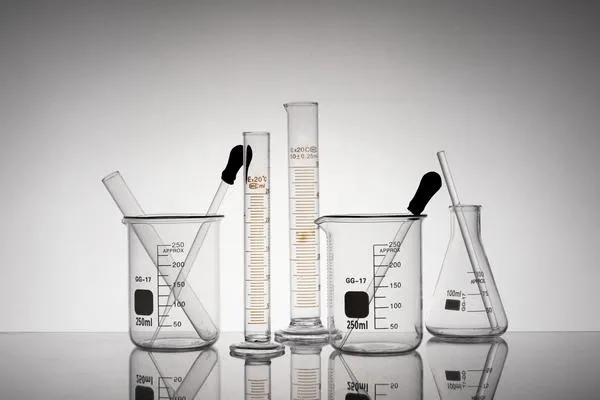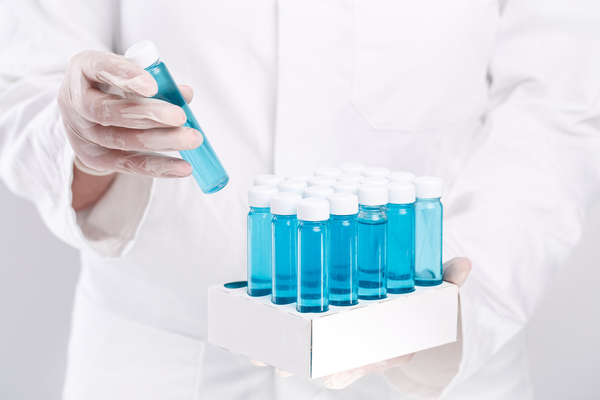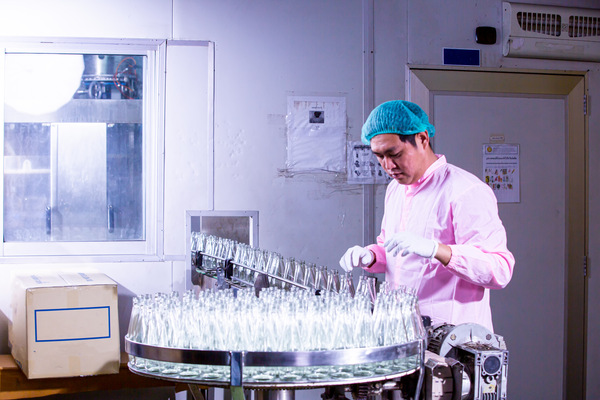 Let's delve into the world of liquid handling devices – essential tools that ensure precise measurement and distribution of liquids in the lab. Imagine them as indispensable assistants, ensuring every drop is handled with precision and efficiency.
Let's delve into the world of liquid handling devices – essential tools that ensure precise measurement and distribution of liquids in the lab. Imagine them as indispensable assistants, ensuring every drop is handled with precision and efficiency.
From the classic pipette to sophisticated automated systems, there's a device tailored for every laboratory task. Need to handle multiple samples swiftly? Reach for a multichannel pipette. Looking to streamline your workflow? Consider an automated liquid handler.
Here in Northern California, a hub of innovation, understanding these devices is crucial. Join us on a journey through the realm of liquid handling devices! Enhance your lab efficiency as we explore various types, from reliable pipettes to cutting-edge automated systems, designed to meet the diverse needs of modern laboratories.
Pipettes: The Workhorses of the Lab
Hey lab pros in North California! Let's speak about pipettes – those reachable equipment that assist us measure drinks correctly within the lab. Pipettes are available in one-of-a-kind sizes but all do the same activity: making sure we get the proper amount of liquid on every occasion.
You're in the lab, approximately to start an experiment. You grab your pipette, set the volume, and with a push of a button, you supply the perfect amount of liquid. It's like magic!
Pipettes have come a protracted way with new features like adjustable volumes and ergonomic designs. In North California, wherein innovation rocks, knowing the way to use a pipette is fundamental for each scientist. Whether you use an unmarried-channel pipette for precision or a multichannel one for performance, mastering these gears is fundamental to successful lab paintings. So, get comfortable with your pipettes and increase your experiments to the following stage!
 Dispensers and Diluters: Streamlining Lab Processes
Dispensers and Diluters: Streamlining Lab Processes
Dispensers and diluters – those excellent tools that make lab work simpler. They help us measure liquids and dilute solutions accurately, saving time and reducing errors.
Instead of measuring each one by hand, you grab a dispenser. With a push of a button, you get the right amount of liquid every time, making your work quicker and more consistent. Dispensers come in various forms, from manual ones to sophisticated digital models, allowing precise volume control and repeatability. They’re perfect for repetitive tasks like aliquoting reagents or filling microplates.
Diluters are even cooler. They automate the dilution process, eliminating the need for manual calculations and mixing. Just set the dilution factor, and the diluter takes care of the rest, ensuring accurate and reproducible dilutions. This is particularly useful for preparing standard curves, serial dilutions, or any protocol requiring precise concentration gradients.
In North California, where we're all about innovation, knowing how to use dispensers and diluters is a game-changer. Our region thrives on cutting-edge research and development, and these tools are essential for maintaining high standards of accuracy and efficiency in the lab.
Dispensers and diluters not only streamline workflows but also reduce the potential for human error. This reliability is crucial in research settings where even minor discrepancies can impact results. By incorporating these devices into our daily routines, we can enhance productivity and ensure the integrity of our experiments.
Furthermore, these tools are designed with user-friendly interfaces and ergonomic features, making them easy to use and reducing the strain on lab personnel. The ability to quickly switch between different volumes and dilution factors without extensive recalibration means more flexibility and faster turnaround times for various tasks.
Automated Liquid Handling Systems: Efficiency Redefined
Let's dive into automatic liquid handling systems – those ultra-efficient lab helpers. These devices are like lab superheroes, saving us time and enhancing accuracy.
Imagine you’re in the lab with a mountain of samples to process. Instead of hand-pipetting each one, you use an automatic liquid handling system. This system quickly and precisely handles the task, freeing you up to focus on other important activities.
But speed isn’t the only benefit. Automatic liquid handling systems ensure consistent and reliable results every time. This consistency is crucial for experiments requiring high precision, making these systems perfect for handling sensitive samples.
In North California, where innovation thrives, automatic liquid handling systems are a game-changer. These advanced devices help scientists achieve greater efficiency and accuracy, essential in a region known for cutting-edge research and development.
So, let’s embrace these futuristic tools and revolutionize our lab work. With automatic liquid handling systems, we can push the boundaries of what’s possible in scientific research and achieve new levels of excellence.
 Emerging Technologies and Future Trends
Emerging Technologies and Future Trends
As pioneers inside the subject of studies, it is vital for us to stay ahead of the curve and maintain our palms at the pulse of innovation. From microfluidics to acoustic droplet ejection, the future of liquid management is bursting with thrilling opportunities.
Imagine an international where we will manipulate tiny droplets of liquid with exceptional precision, or where lab automation seamlessly integrates into our daily workflows, revolutionizing the way we conduct experiments. These improvements are not simply theoretical—they're turning into a fact and are set to convert our labs.
Here in North California, where creativity is aware of no bounds, we're at the leading edge of embracing those current technologies. Microfluidics allows the manipulation of small volumes of fluids in channels the width of a human hair, allowing high-throughput screening and unique manipulation over chemical reactions. Acoustic droplet ejection makes use of sound waves to switch tiny droplets without physical touch, reducing contamination and growing accuracy.
By staying knowledgeable and embracing those improvements, we are able to release new avenues of discovery and push the boundaries of what is possible within the international scope of technology. Automation systems, as an instance, can take care of repetitive duties, lessen human error, and free up precious time for more complex analyses and innovative trouble-fixing.
